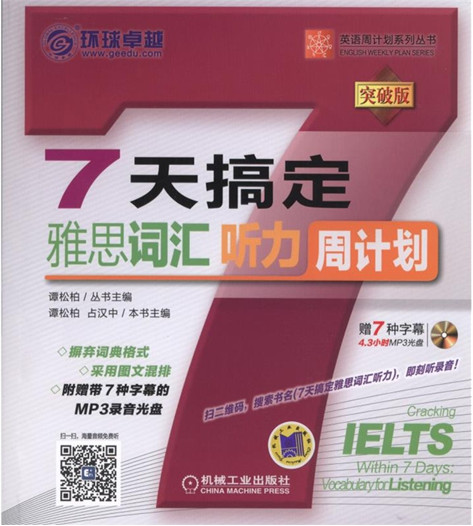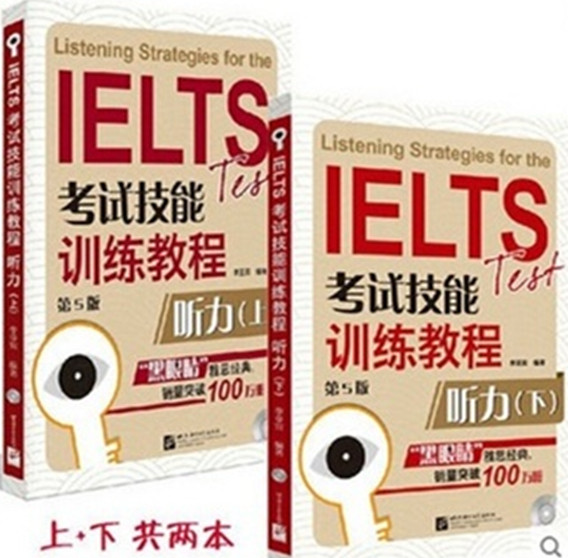Makete Integrated Rural Transport
Project
Section A
The disappointing results of many conventional road transport projects in Africa led some experts to rethink the strategy by which rural transport problems were to be tackled at the beginning of the 1980s. A request for help in improving the availability of transport within the remote Makete District of south-western Tanzania presented the opportunity to try a new approach.
The concept of 'integrated rural transport' was adopted in the task of examining the transport needs of the rural households in the district. The objective was to reduce the time and effort needed to obtain access to essential goods and services through an improved rural transport system. The underlying assumption was that the time saved would be used instead for activities that would improve the social and economic development of the communities. The Makete Integrated Rural Transport Project (MIRTP) started in 1985 with financial support from the Swiss Development Corporation and was co-ordinated with the help of theTanzanian government.
Section B
When the project began, Makete District was virtually totally isolated during the rainy season. The regional road was in such bad shape that access to the main towns was impossible for about three months of the year. Road traffic was extremely rare within the district, and alternative means of transport were restricted to donkeys in the north of the district. People relied primarily on the paths, which were slippery and dangerous during the rains.
Before solutions could be proposed, the problems had to be understood. Little was known about the transport demands of the rural households, so Phase I, between December 1985 and December 1987, focused on research. The socio-economic survey of more than 400 households in the district indicated that a household in Hakete spent, on average, seven hours a day on transporting themselves and their goods, a figure which seemed extreme but which has also been obtained in surveys in other rural areas in Africa. Interesting facts regarding transport were found: 95% was on foot; 80% was within the locality; and 70% was related to the collection of water and firewood and travelling to grinding mills.
Section C
Having determined the main transport needs, possible solutions were identified which might reduce the time and burden. During Phase II, from January to February 1991, a number of approaches were implemented in an effort to improve mobility and access to transport.
An improvement of the road network was considered necessary to ensure the import and export of goods to the district. These improvements were carried out using methods that were heavily dependent on labour. In addition to the improvement of roads, these methods provided training in the operation of a mechanical workshop and bus and truck services. However, the difference from the conventional approach was that this time consideration was given to local transport needs outside the road network.
Host goods were transported along the paths that provide short-cuts up and down the hillsides, but the paths were a real safety risk and made the journey on foot even more arduous. It made sense to improve the paths by building steps, handrails and footbridges.
It was uncommon to find means of transport that were more efficient than walking but less technologically advanced than motor vehicles. The use of bicycles was constrained by their high cost and the lack of available spare parts. Oxen were not used at all but donkeys were used by a few households in the northern part of the district. MIRTP focused on what would be most appropriate for the inhabitants of Makete in terms of what was available, how much they could afford and what they were willing to accept. After careful consideration, the project chose the promotion of donkeys—a donkey costs less than a bicycle—and the introduction of a locally manufacturable wheelbarrow.
Section D
At the end of Phase II, it was clear that the selected approaches to Makete's transport problems had had different degrees of success. Phase III, from March 1991 to March 1993, focused on the refinement and institutionalisation of these activities.
The road improvements and accompanying maintenance system had helped make the district centre accessible throughout the year. Essential goods from outside the district had become more readily available at the market, and prices did not fluctuate as much as they had done before.
Paths and secondary roads were improved only at the request of communities who were willing to participate in construction and maintenance. However, the improved paths impressed the inhabitants, and requests for assistance greatly increased soon after only a few improvements had been completed.
The efforts to improve the efficiency of the existing transport services were not very successful because most of the motorised vehicles in the district broke down and there were no resources to repair them. Even the introduction of low-cost means of transport was difficult because of the general poverty of the district. The locally manufactured wheelbarrows were still too expensive for all but a few of the households. Modifications to the original design by local carpenters cut production time and costs. Other local carpenters have been trained in the new design so that they can respond to requests. Nevertheless, a locally produced wooden wheelbarrow which costs around 5000 Tanzanian shillings (less than US$20) in Makete, and is about one quarter the cost of a metal wheelbarrow, is still too expensive for most people.
Donkeys, which were imported to the district, have become more common and contribute, in particular, to the transportation of crops and goods to market. Those who have bought donkeys are mainly from richer households but, with an increased supply through local breeding, donkeys should become more affordable. Meanwhile, local initiatives are promoting the renting out of the existing donkeys.
It should be noted, however, that a donkey, which at 20,000Tanzanian shillings costs less than a bicycle, is still an investment equal to an average household's income over halfa year. This clearly illustrates the need for supplementary measures if one wants to assist the rural poor.
Section E
It would have been easy to criticise the MIRTP for using in the early phases a 'top-down' approach, in which decisions were made by experts and officials before being handed clown to communities, but it was necessary to start the process from the level of the governmental authorities of the district. It would have been difficult to respond to the requests of villagers and other rural inhabitants without the support and understanding of district authorities.
Section F
Today, nobody in the district argues about the importance of improved paths and inexpensive means of transport. But this is the result of dedicated work over a long period, particularly from the officers in charge of community development. They played an essential role in raising awareness and interest among the rural communities.
The concept of integrated rural transport is now well established in Tanzania, where a major program of rural transport is just about to start. The experiences from Makete will help in this initiative, and Makete District will act as a reference for future work.
- 04-04·2018雅思閱讀精讀:中國的量子網絡
- 04-04·雅思閱讀精讀:人類大腦與機器實驗
- 04-04·雅思閱讀精讀:圣誕節(jié)如何變成購物節(jié)?
- 04-04·雅思閱讀精讀:美國人缺乏信任的經濟后果
- 11-22·2017年雅思考試閱讀練習題(10)
- 12018-04-042018雅思閱讀精讀:中國的量子網絡
- 22018-04-04雅思閱讀精讀:人類大腦與機器實驗
- 32017-07-242017年雅思考試閱讀練習題(3)
- 42017-07-242017年雅思考試閱讀練習題(2)
- 52017-07-242017年雅思考試閱讀練習題(1)
編輯推薦
- 模擬試題
- 歷年真題





